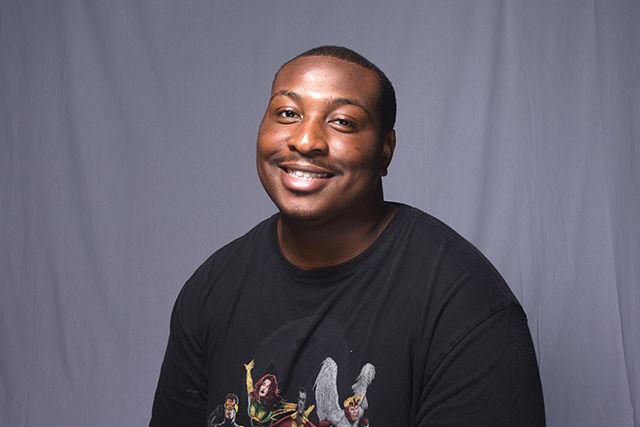
Kenton Gibbs
Kenton Gibbs
It’s official: Referees have been solidly proven to have biases toward and against certain teams. They are humans, so obviously that will happen. That is especially true considering the fact that people do have very intense biases. However, the depth and breadth of this phenomenon shows they are at a horrible spot. As a former student-athlete at State and a fan of all things Detroit, I have seen teams get horrible calls made against them firsthand.
A prime example would be two instances of illegal batting and how they were handled. On Oct. 5, 2015, the Lions lost a game because of an illegal batting penalty that was not called. Late in the fourth quarter, Calvin Johnson was rumbling toward the end zone when Seahawks safety Kam Chancellor forced a fumble on the goal line. Linebacker K.J. Wright batted it out of bounds, but no call was made. The Seahawks went on to win the game 13-10. Literally four days later, a call for illegal batting was levied when NC State tight end Jaylen Samuels knocked a punt out of bounds to down it in a game against Virginia Tech.
I know that anecdotal evidence alone is not enough to prove that refereeing bias is a major problem, but there’s also empirical data to back this up. According to a Dec. 2016 Bloomberg article by Bryan Gruley, there is “ample evidence of biases among conference officials,” including “conference officials showing partiality towards teams with the highest potential to generate revenue for their conference.”
This basically means big name teams and other teams that are supposed to be on track to be winners will get more favorably officiated. There is no greater indicator of this than the first half of the Clemson vs. NC State game this year. The Wolfpack had 13 penalties for 120 yards as Clemson had four for 40. Granted, there are always other factors to wins and losses, especially this one, but it must be stated that this agrees with findings stated in Gruley’s article.
In Gruley’s article, there’s a Venn diagram of the top 25 teams. It includes flagship teams, protected teams and then an overlap of the two. Imagine what it must be like to be a team on the outside looking in on this disturbing trend, even more so if a team is already outside of the top 25. Those teams will have a harder time because recruits will see their records and never considered that they might have been slighted by the refs on multiple occasions.
In the NFL, this practice is also pervasive. For example, there was that horrible time when Duke Johnson of the Browns fumbled, recovered his own fumble, then stood out of the pile with the ball, yet the referee looked at the pile and decided to give possession to Washington anyway. The Browns aren’t a great team and may have found a way to lose anyway, but why make it harder on them?
Individual teams’ successes are seen as being good for the league, and that drives bias in officiating on professional levels. Statements like Mike Wilbon’s declaration that, “The Packers being good is good for the league” are harmless at face value, but in all reality they paint a picture of why certain teams seem to always fall on the wrong side of controversial calls.
Accountability is a beautiful thing. Transparency is in the same boat. When we look at the numbers and have a serious conversation about changes needed to ensure fair officiating, it will be a spectacular marriage of the two.